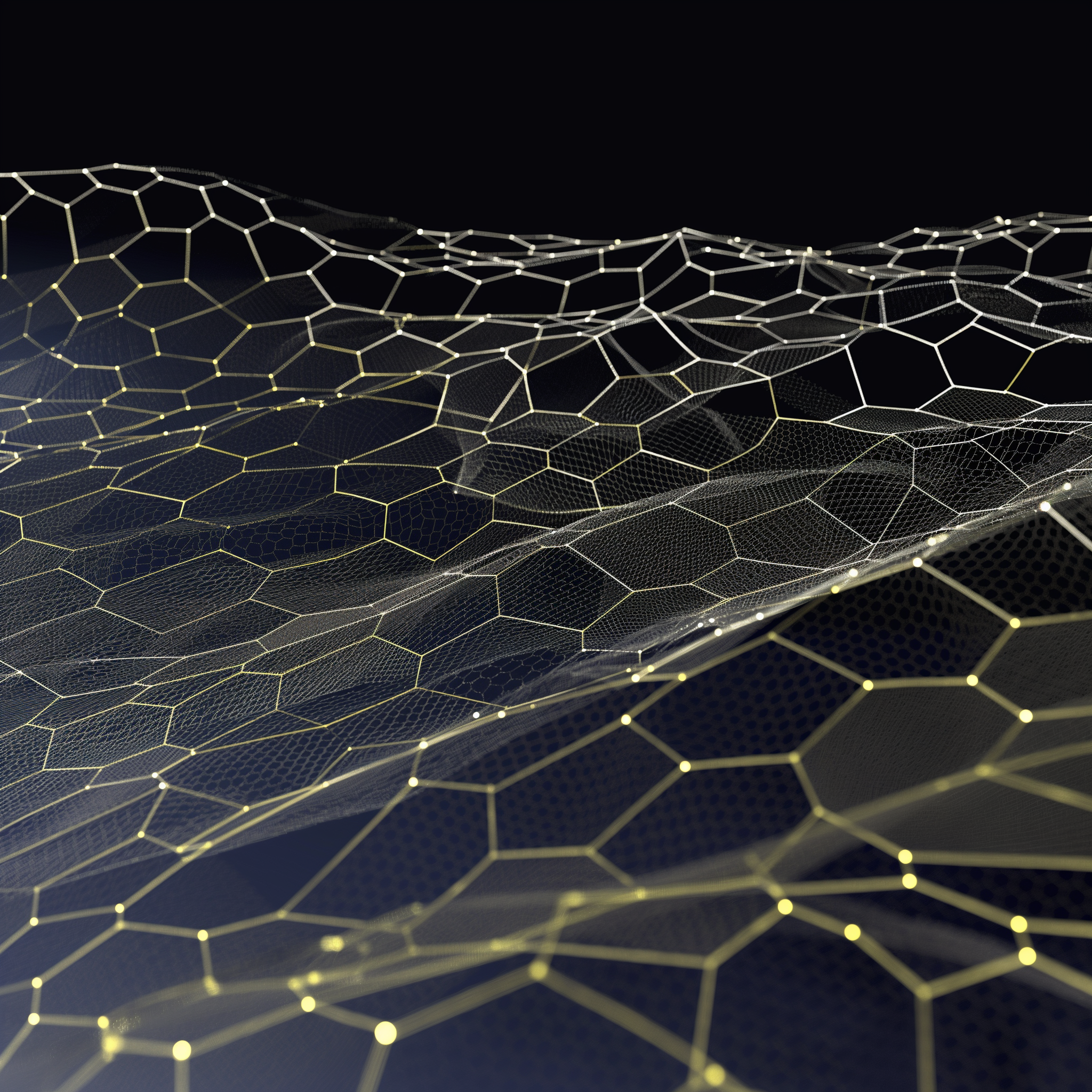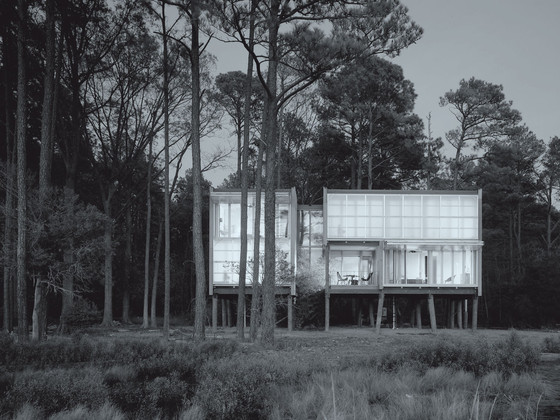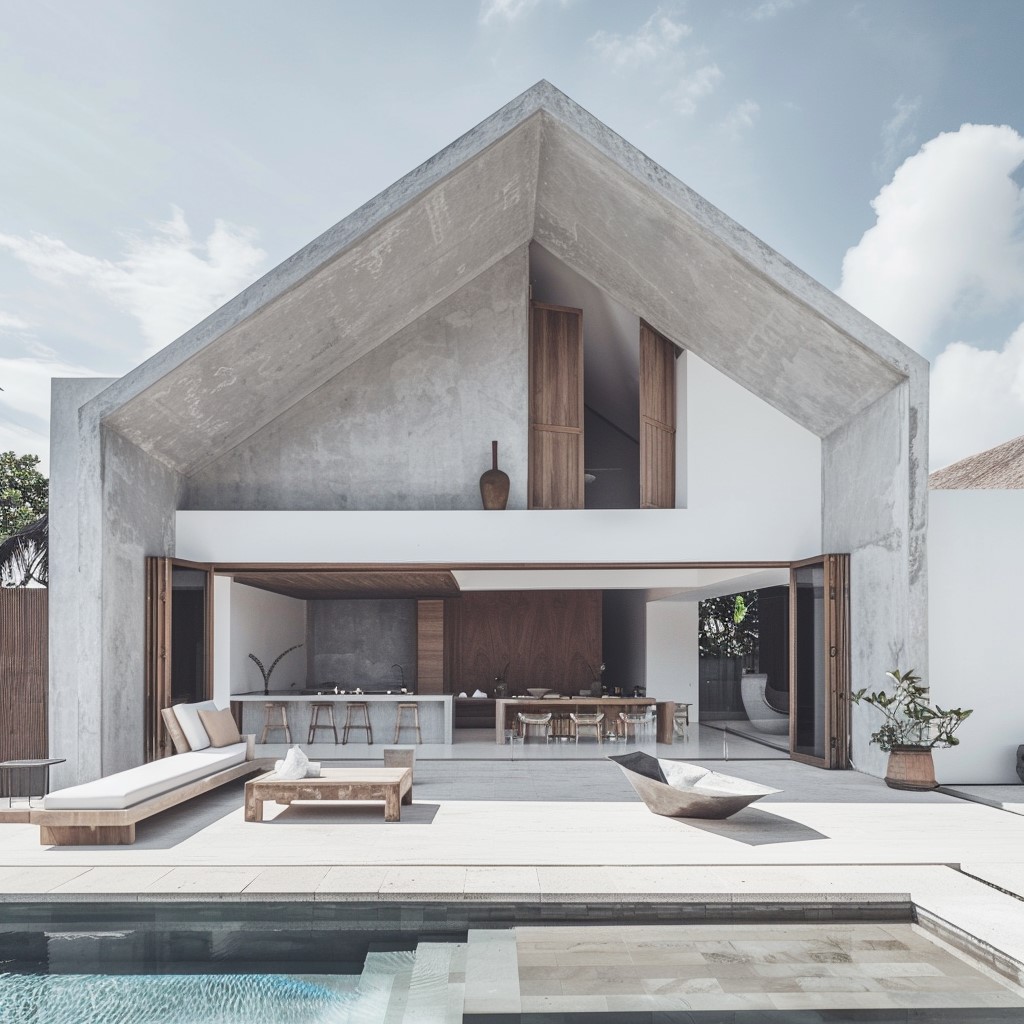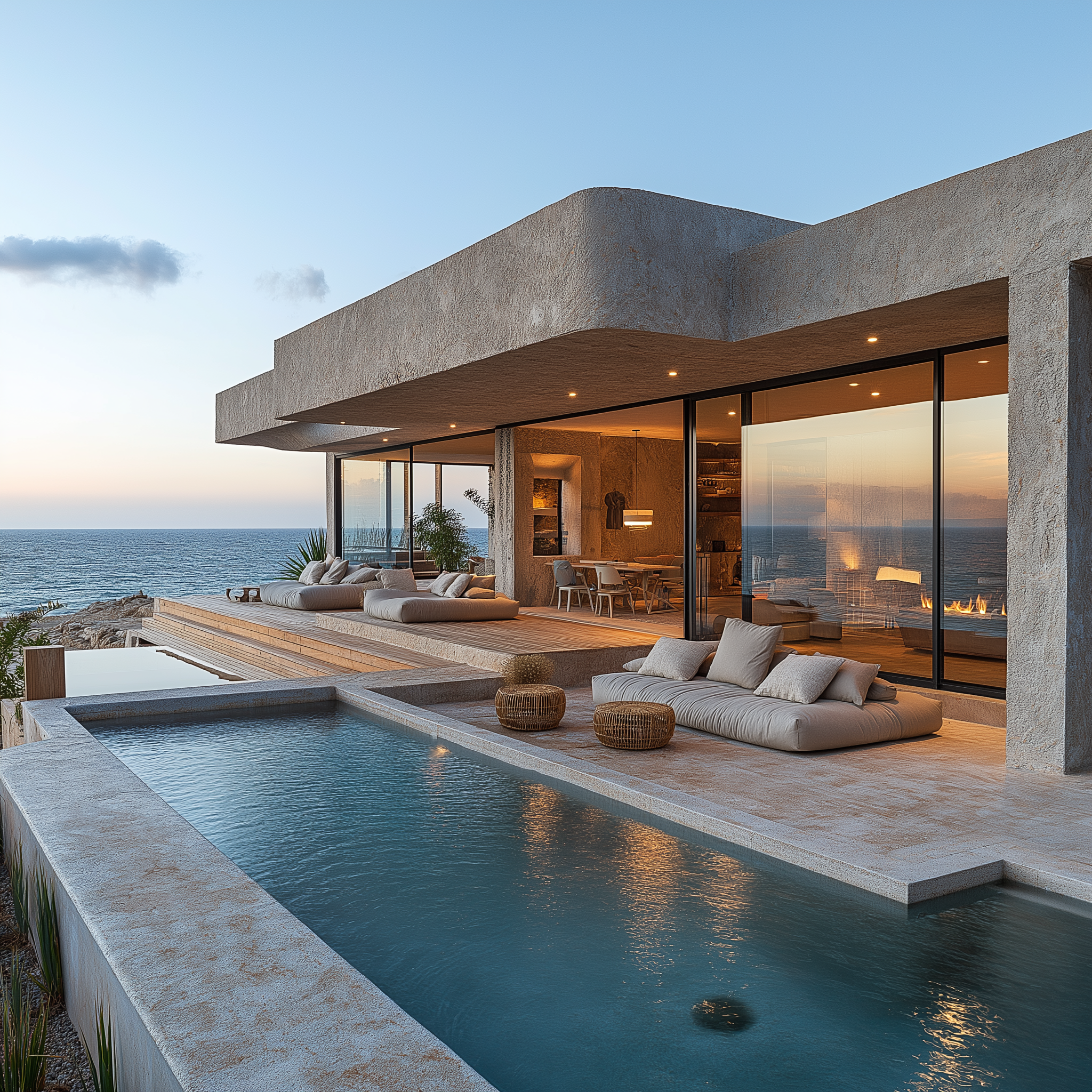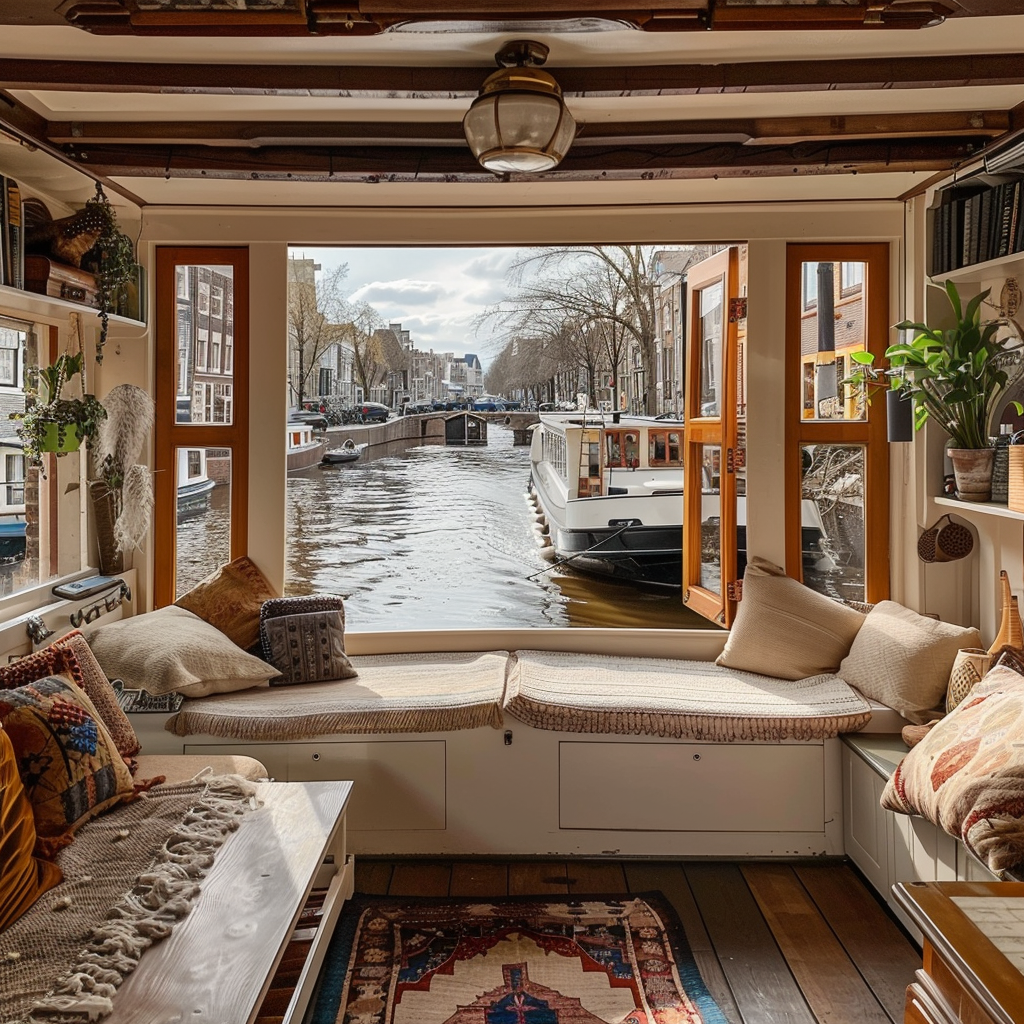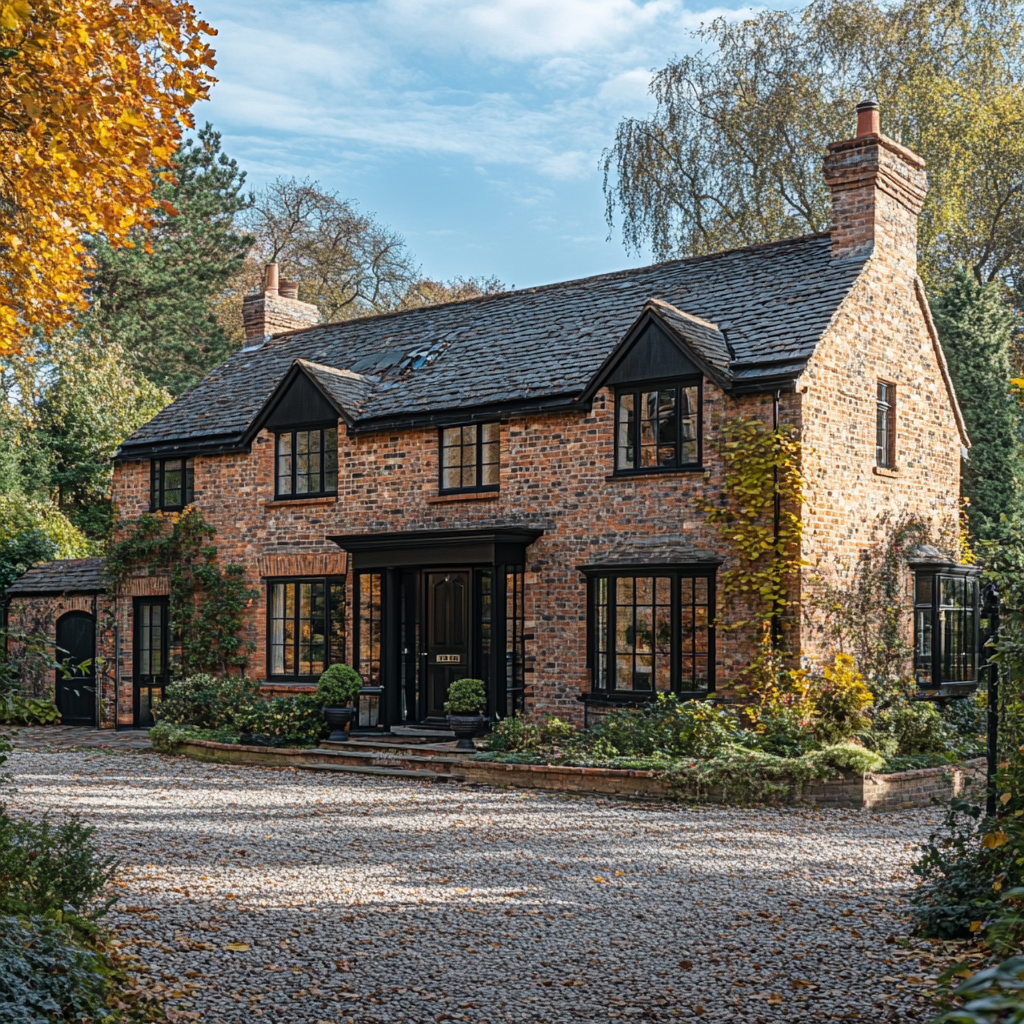Innovations that are reshaping our built environment.
Imagine a world where buildings heal their own cracks, walls can transmit light, and facades cool themselves naturally. This isn’t a scene from a futuristic novel; it’s the dawn of a new era in architecture that’s being shaped right now by advancements in material science. These innovations promise to redefine traditional building practices, turning what was once imagined into reality. Materials such as self-healing concrete, translucent wood, and hydroceramics are enhancing the functional attributes of structures and elevating sustainability to unprecedented levels.
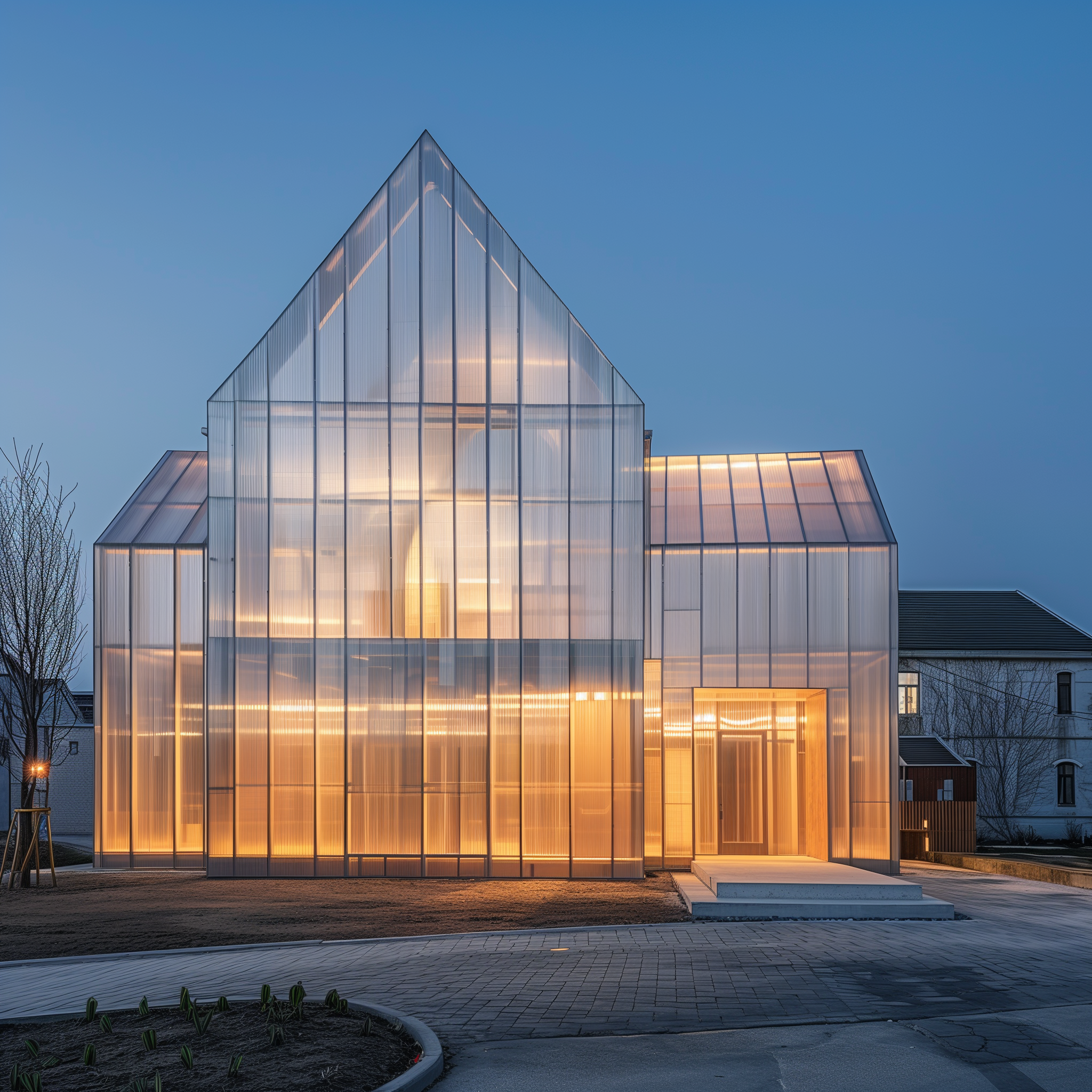
Innovative Materials Reshaping Architecture
Translucent Wood: This innovative material brings a new dimension to sustainable building. Developed through a process that removes lignin from wood and replaces it with a polymer, translucent wood transmits light, offering new aesthetic possibilities and energy efficiency. It challenges traditional design norms and paves the way for its use in structural elements and facade solutions where natural light is prized.
Self-Healing Concrete: With the potential to significantly reduce maintenance costs and increase structural durability, self-healing concrete is poised to become a staple in future constructions. Infused with bacteria that precipitate calcite, this concrete automatically repairs cracks, thus ensuring longevity and structural integrity even under stressful conditions.
Hydroceramics: This cutting-edge material uses embedded hydrogel to absorb and release water, naturally cooling buildings during hot weather. It represents a shift towards passive cooling technologies, reducing electricity consumption and promoting environmental sustainability.
Graphene: Known as a ‘wonder material’, graphene’s inclusion in construction materials such as concrete and steel has transformative implications. It enhances strength, reduces weight, and increases the environmental sustainability of buildings.
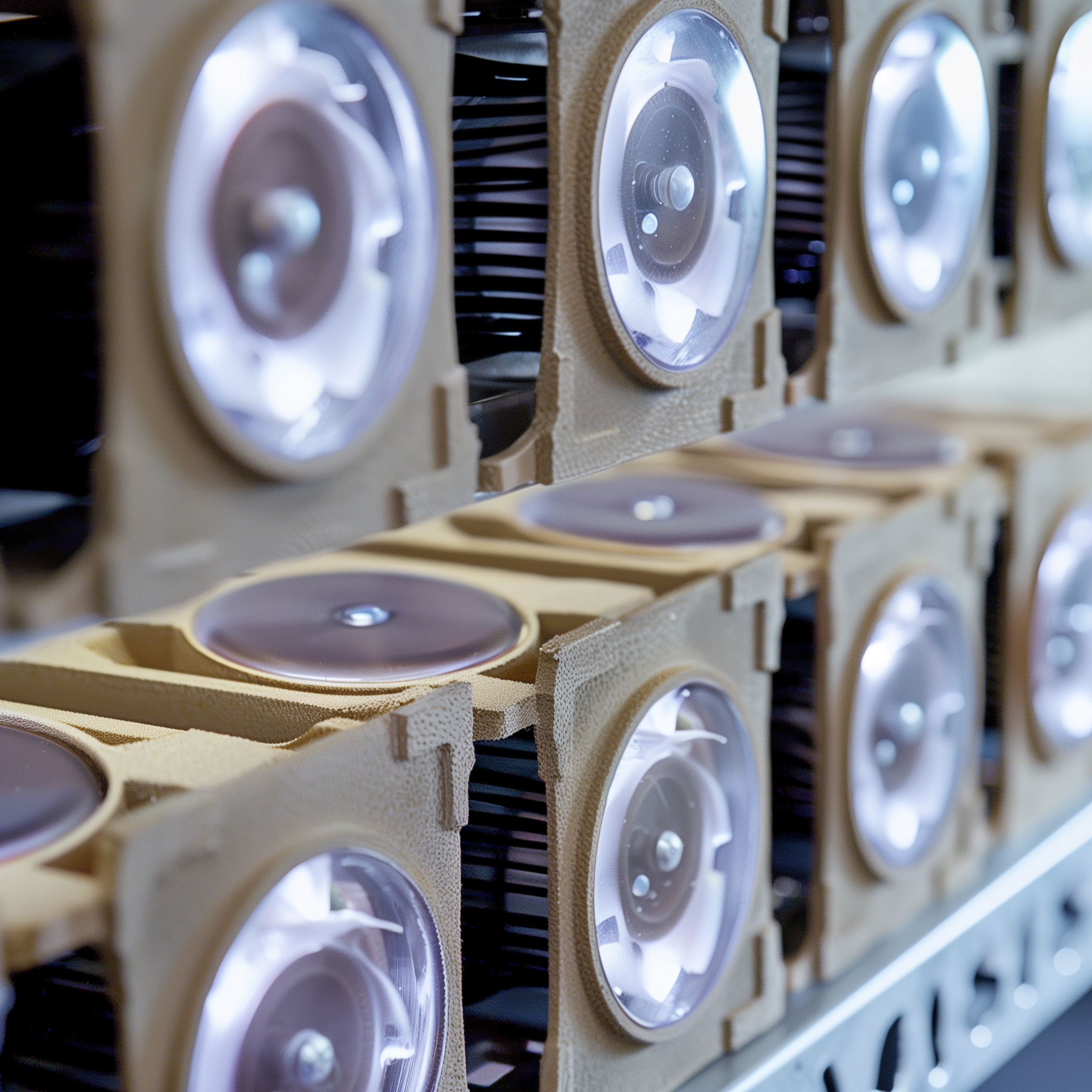
Broader Implications of Futuristic Materials
The ripple effects of these advanced materials extend beyond architectural innovation. Economically, they could shift market dynamics by reducing the lifecycle costs of buildings and fostering new industries centered around advanced material manufacturing. Environmentally, the use of sustainable materials aligns with global efforts to reduce carbon footprints, potentially influencing policy changes that prioritize green building practices. Socially, the improved environmental quality and innovative aesthetics of buildings could enhance public spaces and private dwellings, contributing to societal well-being.
The BIQ House
A prime example of these materials in action is the BIQ House, which incorporates a bio-adaptive facade made from hydroceramics. Located in Hamburg, Germany, this building showcases how integrating hydroceramics can lead to natural cooling. The facade consists of panels filled with microalgae that grow and provide shade when sunlight increases, demonstrating an innovative approach to energy-efficient building design.
Conclusion: The Future is Now
The integration of these materials into architecture not only pushes the boundaries of aesthetic design but also addresses critical environmental challenges. Buildings of the future will not only stand as static structures but will interact dynamically with their environments, adapt to changing conditions, and contribute positively to the ecological footprint. As research continues and these materials become more mainstream, the potential for smarter, more sustainable buildings becomes a tangible reality, promising a new era in architecture.



